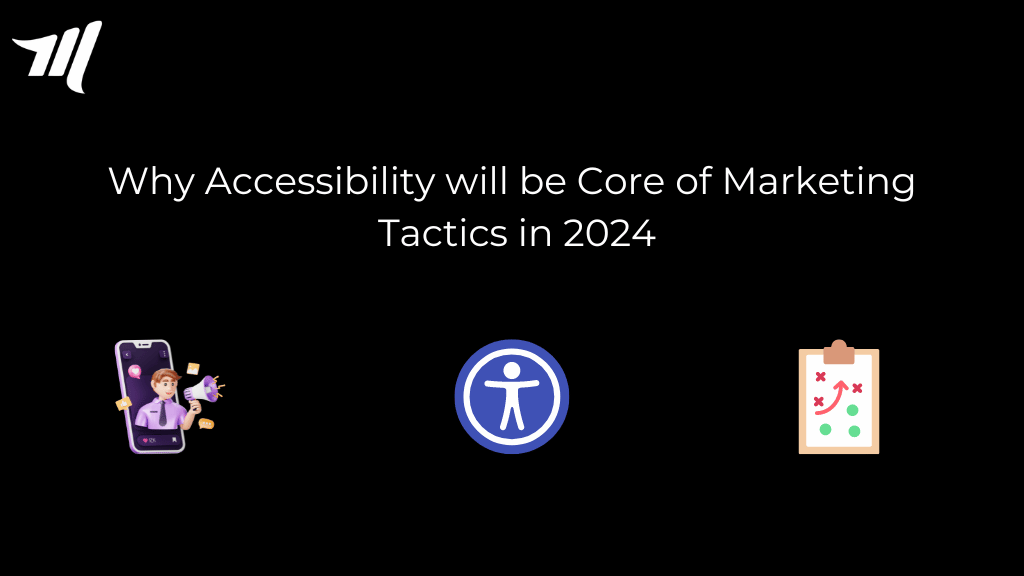How can we ensure that our marketing techniques are accessible? It all starts with understanding the fundamentals of digital accessibility.
As we move forward in 2024’s increasingly online world, digital accessibility in marketing tactics has become an undeniable priority rather than an afterthought.
With new technologies changing customer experiences daily, having a laser focus on inclusivity and usability regardless of ability is important. Progressive marketers understand that accessibility equals greater, more meaningful reach.
The Basics: Universal By Design
Today’s marketing landscape, with its emphasis on modern websites, viral social content, and interactive technologies, necessitates an understanding of basic accessibility standards. Formats must be accessible to all users, including captioning, alt text, clear layouts, and layering.
Content should be presented thoughtfully so that it is readable for people with vision, hearing, cognitive, and mobility disabilities. Platform accessibility features such as typeface, color, and sizing modifications are good places to start when it comes to accommodating diverse visitors.
These site design and creative construction concepts apply to digital ads, influencer posts, branded social content, and more.
Marketers must also ensure equal access to promos, shoppable features, and the path-to-purchase. Adhering to accessibility laws, however, is just the beginning. Integrating inclusion into initiatives through inclusive design improves relevance and expands value.
TikTok’s Recent Advance Highlights the Need With
With TikTok introducing text scaling options in January 2024, the industry’s dominating forces are raising expectations. As platforms introduce more accommodating features, brands must incorporate them into their posting habits while promoting further advancement through their influence.
When significant businesses like TikTok take steps to improve accessibility, they set standards that echo throughout digital marketing.
Brands must also Bear some Responsibility
While campaigning for platform changes, in-house marketing teams must prioritize, conduct audits, and improve their content. Steps such as validating that websites allow pinching zooming on mobile devices, appending image explanations, verifying resizable fonts on adverts, and utilizing video captioning tools should become habits.
Establishing such creative and review procedures, ranging from social administration to campaign development, promotes uniformity. The most serious mistakes are frequently the easiest to correct.
Microsoft’s New Retail Solutions Show Potential
With AI and generative learning driving unprecedented advancements, improving accessibility is becoming easier. Marketers can use these tools to ease formerly laborious procedures, as evidenced in Microsoft’s future “shopper copilot” features for Dynamics 365, which are set to launch in 2024.
The automatic capacity to update personalized customer campaign workflows with recommended material in one platform, as customized by marketers, increases the potential for disability inclusion.
When used properly, technology may free up a lot of time and energy to focus on enhancing experiences for vulnerable populations.
After creating the groundwork for inclusive design, marketers can use AI’s scaling capabilities to increase accessibility in novel ways, such as displaying braille-enabled signs in stores spotted via computer vision or tailoring digital interfaces to visitor ability profiles.
The Way Forward: Make Accessibility Non-Negotiable
As we traverse 2024’s omnichannel landscape, marketing leaders must view inclusion as a guiding compass rather than a technical mandate or one-time activity.
Strategies that are centered on accessible notions will naturally attract more engagement from across society. Establishing universal standards, reviewing current platforms, and optimizing with assistive technology pave the way for a broader range of abilities to benefit from the digital landscape in 2024 and beyond.





